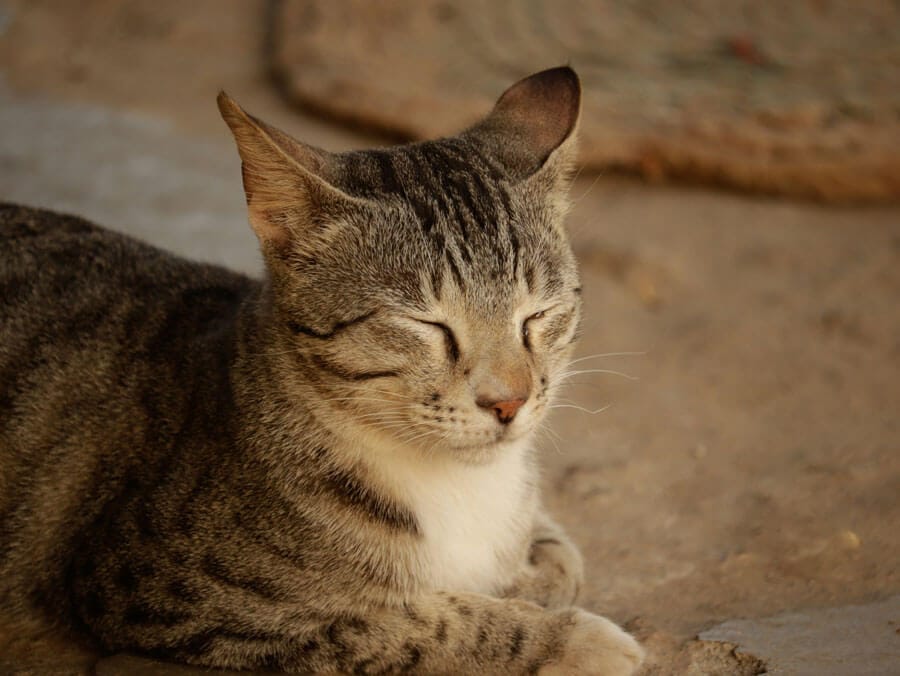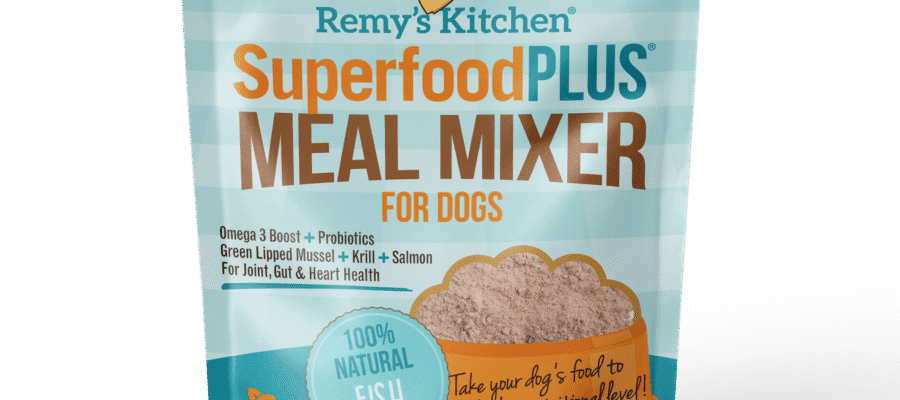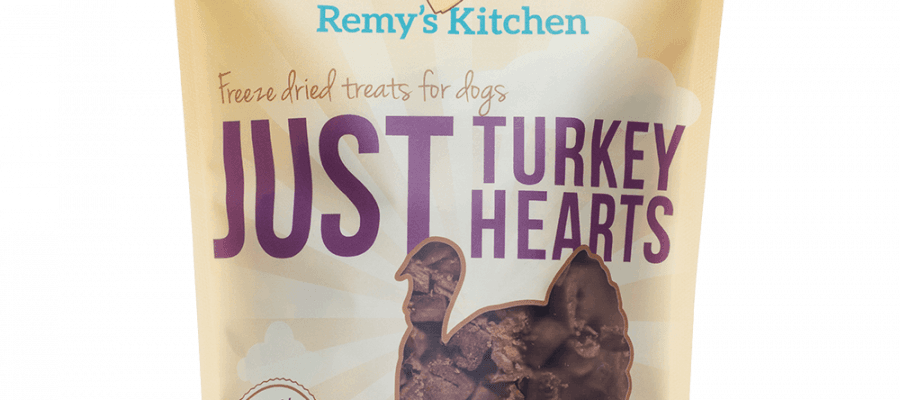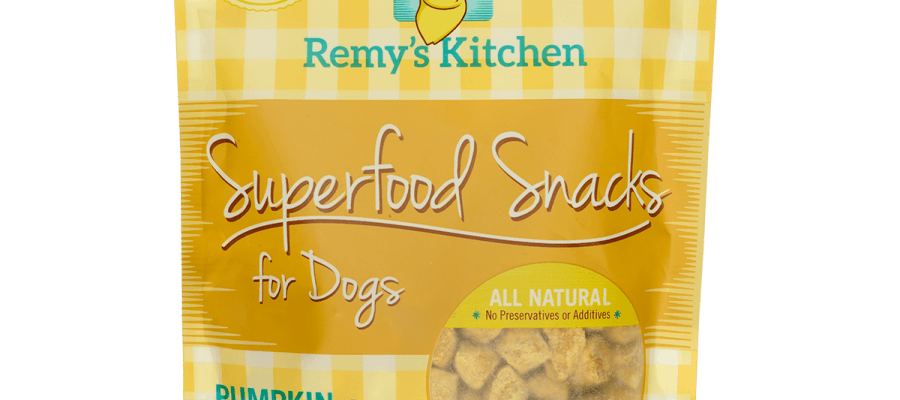
You caught your dog sneaking a few bites from the cat’s bowl again, didn’t you?
It happens. And let’s be honest—your dog probably thought they hit the jackpot. That rich, meaty smell? Irresistible. But before you shrug it off as harmless, let’s ask the real question: can dogs eat cat food safely?
The short answer: occasionally? Maybe. But regularly? Nope. In fact, feeding cat food to dogs—whether by accident or habit—can lead to some pretty serious health issues. Let’s break down the risks, the reasons, and what to feed your pup instead. Plus, we’ll cover storage tips, what to do during a dog food recall, and how to spot trusted alternatives that won’t make you second guess mealtime again.
Because in the end, your dog’s health isn’t just about avoiding the bad stuff—it’s about choosing the right stuff. The kind that fuels their body, keeps their digestion in check, and supports long-term wellness. Let’s get into it.
Why Dogs Love Cat Food (And Why That’s a Problem)
Let’s start with the obvious—cat food is rich. It’s higher in fat, denser in protein, and packed with that savory, aromatic punch cats crave. To your dog? It smells like a gourmet treat.
But here’s the catch: cat food brands don’t formulate for dogs. Cats are obligate carnivores—they need high levels of protein and fat to survive. Dogs, on the other hand, are omnivores with different nutritional needs. When your pup snacks on food meant for felines, their digestive system gets hit with more fat and protein than it can handle.
That can lead to:
- Gastrointestinal upset (think vomiting, diarrhea, or worse)
- Pancreatitis (a painful and potentially life-threatening condition)
- Long-term nutritional deficiencies (missing essential vitamins, fiber, and carbs)
So while your pup might be thrilled in the moment, their body is definitely not celebrating behind the scenes.
Can Dogs Eat Cat Food Every Once in a While?
Sure, accidents happen. One stolen bite of tuna-loaded kibble probably won’t send your dog into a health spiral. But regular access? That’s where the danger creeps in.
Can dogs eat cat food once in a while? Technically, yes. But that doesn’t mean they should.
Think of it like giving your kid candy for breakfast. It’s not about whether they can eat it—it’s about whether it’s a good idea. And when it comes to your dog’s long-term health, sticking with dog food specifically designed for their body is always the safer (and smarter) choice.
Even occasional consumption of cat food can cause some dogs—especially those with sensitive stomachs—to experience digestive issues like loose stool, bloating, or even vomiting. And repeated access, even in small amounts, may gradually lead to weight gain or nutritional imbalance without you realizing it.
Plus, indulging these occasional slip-ups can turn into behavioral reinforcement. Your pup might start lingering around the cat’s dish, refusing their own food, or begging more frequently. It’s better to nip that pattern early. If your dog needs variety, try introducing different proteins or healthy treats that are species-appropriate—like freeze-dried organ-based options from Remy’s Kitchen, designed for optimal canine health.
Why Dogs and Cats Need Different Foods
Let’s break it down.
Cats need:
- Higher levels of protein
- Taurine (an amino acid they can’t synthesize)
- Arachidonic acid
- Vitamin A (from animal sources)
Dogs need:
- Moderate protein
- More fiber
- A mix of animal and plant-based nutrients
- Less fat overall
Feeding cat food to dogs regularly means your pup may miss out on fiber, complex carbs, and crucial vitamins. Over time, this imbalance can lead to poor digestion, weight gain, and even chronic health issues.
The Dangers of Making It a Habit
Still not convinced? Here are some of the real risks associated with habitual cat food consumption in dogs:
Digestive distress – High fat content can wreak havoc on a dog’s stomach, especially smaller breeds.
Pancreatitis – Overexposure to rich, fatty food increases the risk of this painful, serious condition.
Obesity – Cat food is calorie-dense. What starts as a tasty nibble can turn into pounds gained fast.
Nutritional imbalance – Dogs eating cat food regularly can suffer from vitamin and mineral deficiencies over time.
But there’s also the behavioral risk. If your dog gets used to the richer smell and taste of cat food, they may start rejecting their own meals. That can spiral into food aversion, picky eating, or even anxiety around mealtime.
So again—can dogs eat cat food? It’s not about whether they’ll survive the occasional snack—it’s about what’s sustainable, safe, and healthy long-term. Making cat food a routine in your dog’s diet is like fueling a car with the wrong type of gas—it might run for a bit, but it’ll break down sooner than you think.
What to Do If Your Dog Eats Cat Food
Okay, your dog just polished off your cat’s entire dinner. Now what?
First, don’t panic. Monitor them over the next 24 hours for signs of digestive upset like vomiting, bloating, or loose stools. If they show symptoms or act lethargic, call your vet.
In the meantime, consider revisiting your feeding setup. Feeding pets in separate rooms (or at different times) can help prevent food theft. If your cat grazes and your dog is a vacuum cleaner, a little spatial planning goes a long way.
And pro tip: store your cat food and dog food separately in sealed, labeled containers so there’s no confusion—or temptation.
Also, avoid leaving pet food unattended. Dogs are notorious opportunists, especially when something smells “extra tasty” like cat food. Using a secure dog food storage container with a locking lid can also prevent accidental snacking. Creating structure around mealtime and keeping foods clearly separated reduces the risk of health issues and makes life easier—for both of you.
Safe Dog Feeding Tips (Especially After a Recall)
We’ve all seen headlines like “Urgent dog food recall issued for contamination.” It’s the kind of thing that makes any pet parent uneasy. So how do you keep your dog safe in a world full of food recalls and mislabeling?
- Use a sealed, airtight dog food storage container to protect freshness and avoid contamination.
- Check for recalls regularly via the FDA or pet food safety networks.
- Avoid bulk buys unless you go through food quickly—old food can lose nutritional value or grow mold.
- Watch your dog’s reactions. Changes in stool, energy, or appetite could signal a food problem—even before a recall is announced.
And remember, even the most trusted cat food brands and dog food near me searches can turn up risky options. It’s not about hype—it’s about ingredients, safety, and sourcing.
What to Feed Your Dog Instead
Let’s pivot from the problem to the solution. If cat food is off the table, what should your dog be eating?
Here’s what matters most:
Real, whole proteins (chicken, beef, salmon—not “meat meal”)
Organ meats for natural vitamin content
Balanced fat levels (not too high, not too low)
Some fiber for digestion (like pumpkin or leafy greens)
No fillers, artificial flavors, or synthetic preservatives
Remy’s Kitchen freeze-dried options hit all these points—made with species-appropriate ingredients, small-batch crafted, and freeze-dried to retain natural nutrients without compromising safety. Unlike many commercial brands that chase trends or hide behind buzzwords, Remy’s snacks are clean, functional, and made with a real understanding of what dogs actually need—not just what looks good on a label.
What you feed your dog should reflect how much you care. Real food, thoughtfully prepared, builds a stronger foundation for health, energy, and joy. You’re not just feeding a pet—you’re fueling your best friend. So skip the guesswork. Choose nutrition with purpose, backed by quality you can trust. That’s the Remy’s difference.
Final Thoughts—Choose Wisely, Feed Smart
So—can dogs eat cat food? Now you know the real answer. A bite here or there probably won’t break your pup. But a habit? That’s a hard no.
Your dog’s body is different from your cat’s. Their needs are different. Their ideal diet is different. And when you feed them intentionally—with food made just for them—you’re not just preventing problems. You’re actively giving them a healthier, happier life.
So skip the shortcuts. Choose food made with care, transparency, and real ingredients. Choose storage that protects freshness. Choose awareness over convenience.Feeding is an act of love, not just a routine. Every scoop you pour is shaping your pet’s future—fueling their play, sharpening their senses, and extending their years. So take it seriously. Avoid shortcuts, question the labels, and go beyond the bowl. And when you’re in doubt? Go back to basics. Keep it real. Keep it safe. And always—always—feed like you mean it.




